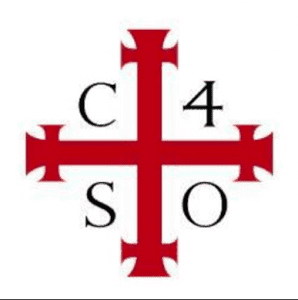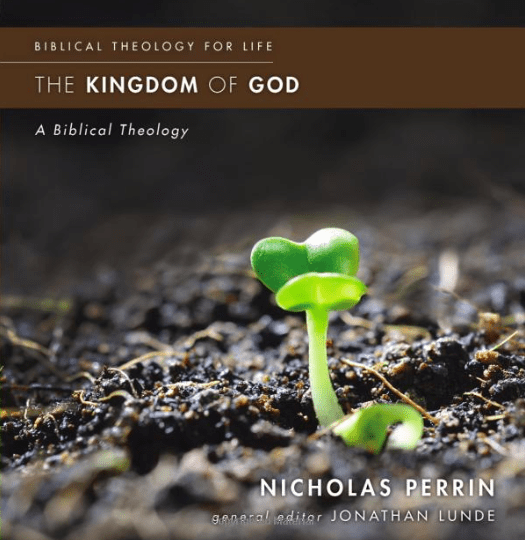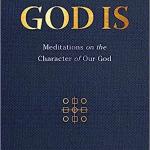 G.K. Chesterton said so many things cleverly that Douthat’s quotation of Chesterton is worth quoting all over again, in part because the line expresses what Douthat, in his book Bad Religion, hopes for renewal: Often it has been thought that “the Faith has to all appearances gone to the dogs” but eac time it “was the dog that died.” Douthat hopes the dog heresies will die, including the historical Jesus quest, the prosperity gospel, the God Within and Americanism as religion.
G.K. Chesterton said so many things cleverly that Douthat’s quotation of Chesterton is worth quoting all over again, in part because the line expresses what Douthat, in his book Bad Religion, hopes for renewal: Often it has been thought that “the Faith has to all appearances gone to the dogs” but eac time it “was the dog that died.” Douthat hopes the dog heresies will die, including the historical Jesus quest, the prosperity gospel, the God Within and Americanism as religion.
I’ve avoided critique of Douthat’s book and instead tried to pass on his vision — but let me say that I don’t accept his golden era view of Christian orthodoxy in the 1950s running the American Christian scene; he doesn’t always get his facts straight in details about people and places; he’s got an idealistic view of the Catholic Church; his own conservative politics shape some of his own critique of accommodationism; he’s got too simplistic of a good guy vs. bad guy approach… but he’s got some things to say about trends at work in the Christian culture.
Do you think America is filled with “bad religion,” which is the thesis of Douthat’s book? And of the four sources of renewal, which is the most promising and why? What do you think of his characteristics of this renewal Christianity?
Douthat sees four sources of possible renewal:
1. Postmodern opportunity: “the very trends that have seemingly undone institutional Christianity could ultimately renew it” (278).
2. The Benedict option: “an extended period of withdrawal, consolidation, and purification” (280). He sees this as the mustard seed strategy (he doesn’t perhaps know of Tom Sine). He finds this in some Latin Mass Catholics, in the neo-Anabaptists, home-schooling — separatistic movements. He finds their danger in “paranoia, crankishness, and all the other pathologies of the religious ghetto” (281).
3. Next Christendom, or Global Christianity, fueled by migrations, and the growth of Christianity in other parts of the world and their influences in the USA.
4. Age of diminished expectations might lead Americans to see that “bad theology and bad religion have helped us bring us to our present pass” (283).
To which Douthat proposes the following characteristics of what this renewal ought to look like:
1. Political without partisan.
2. Ecumenical but also confessional.
3. Moralistic but also holistic.
4. Oriented toward sanctity and beauty.














